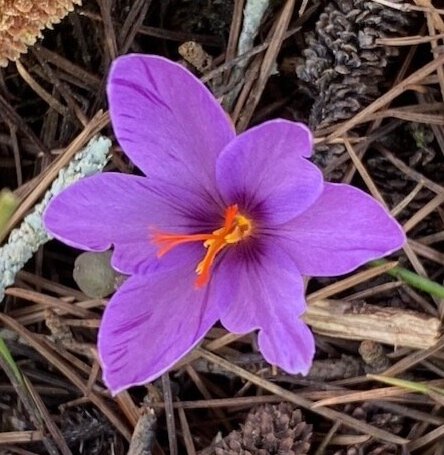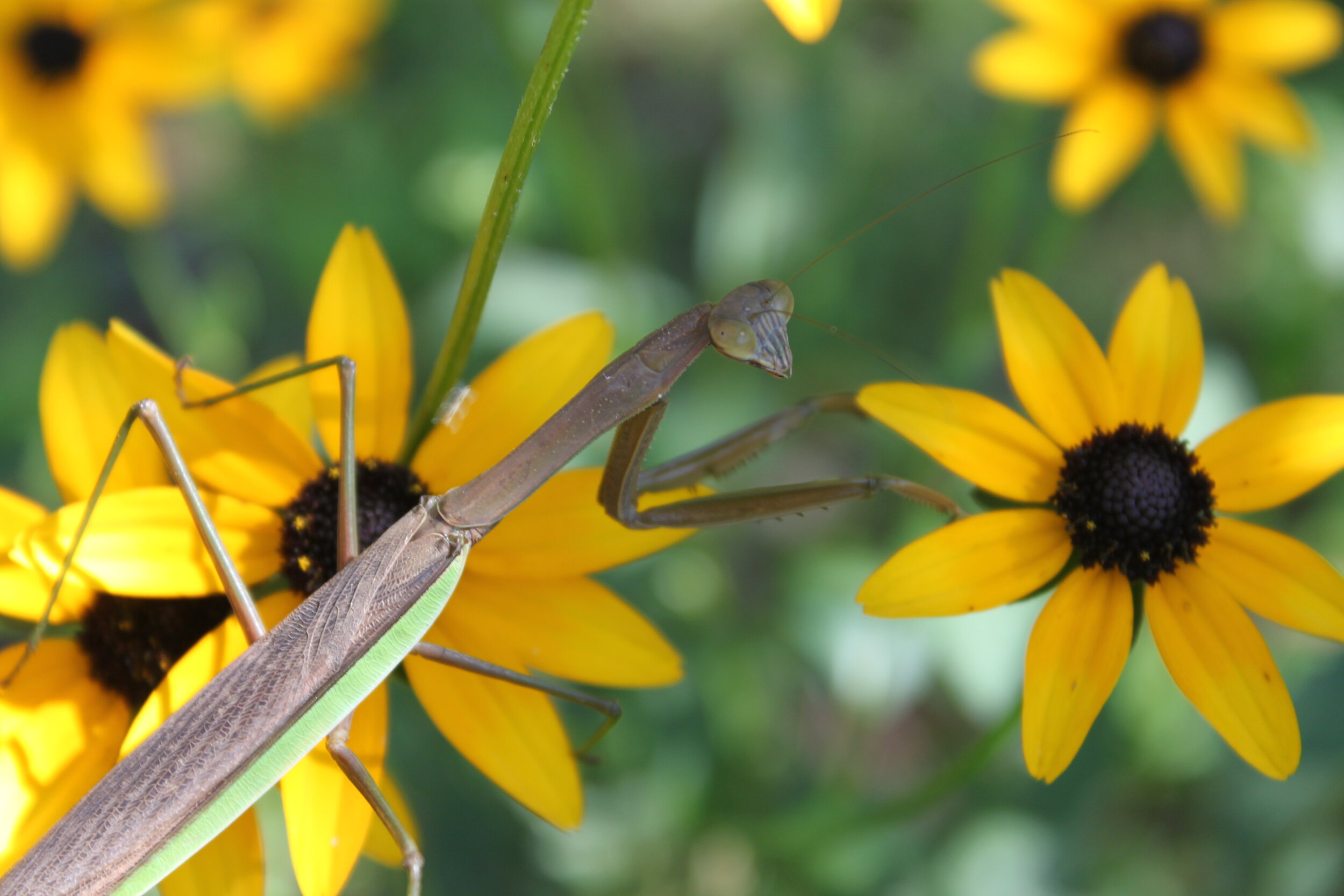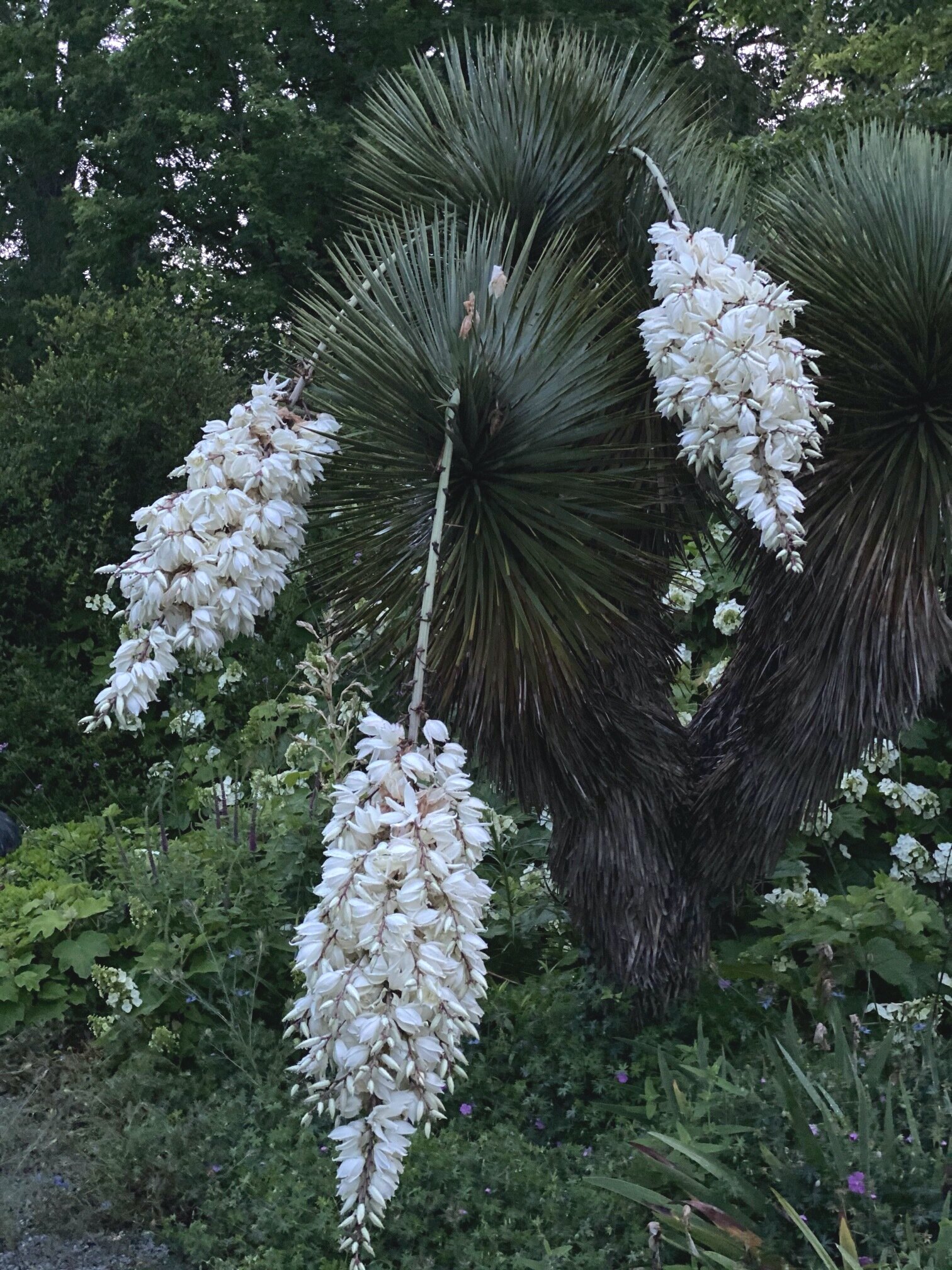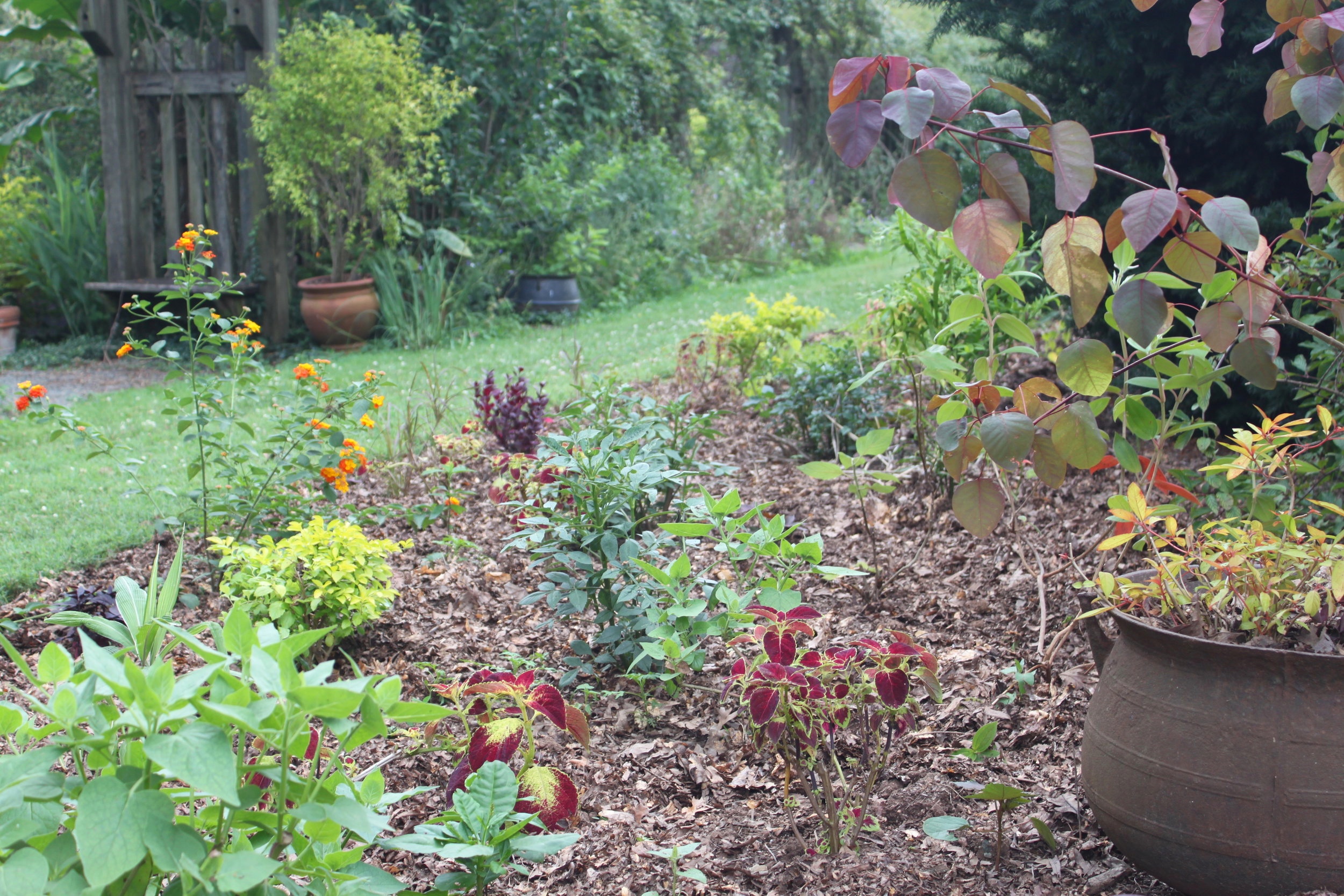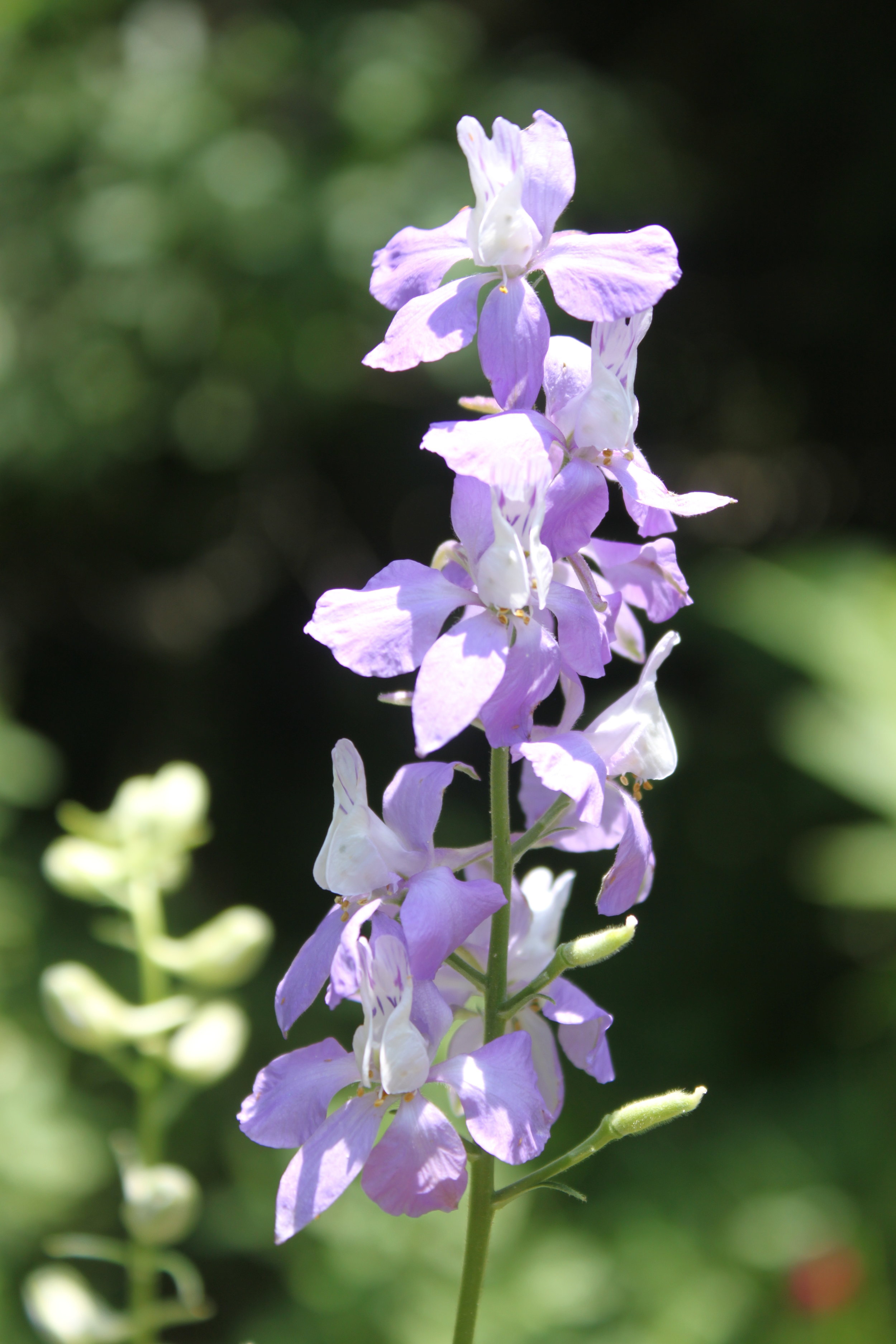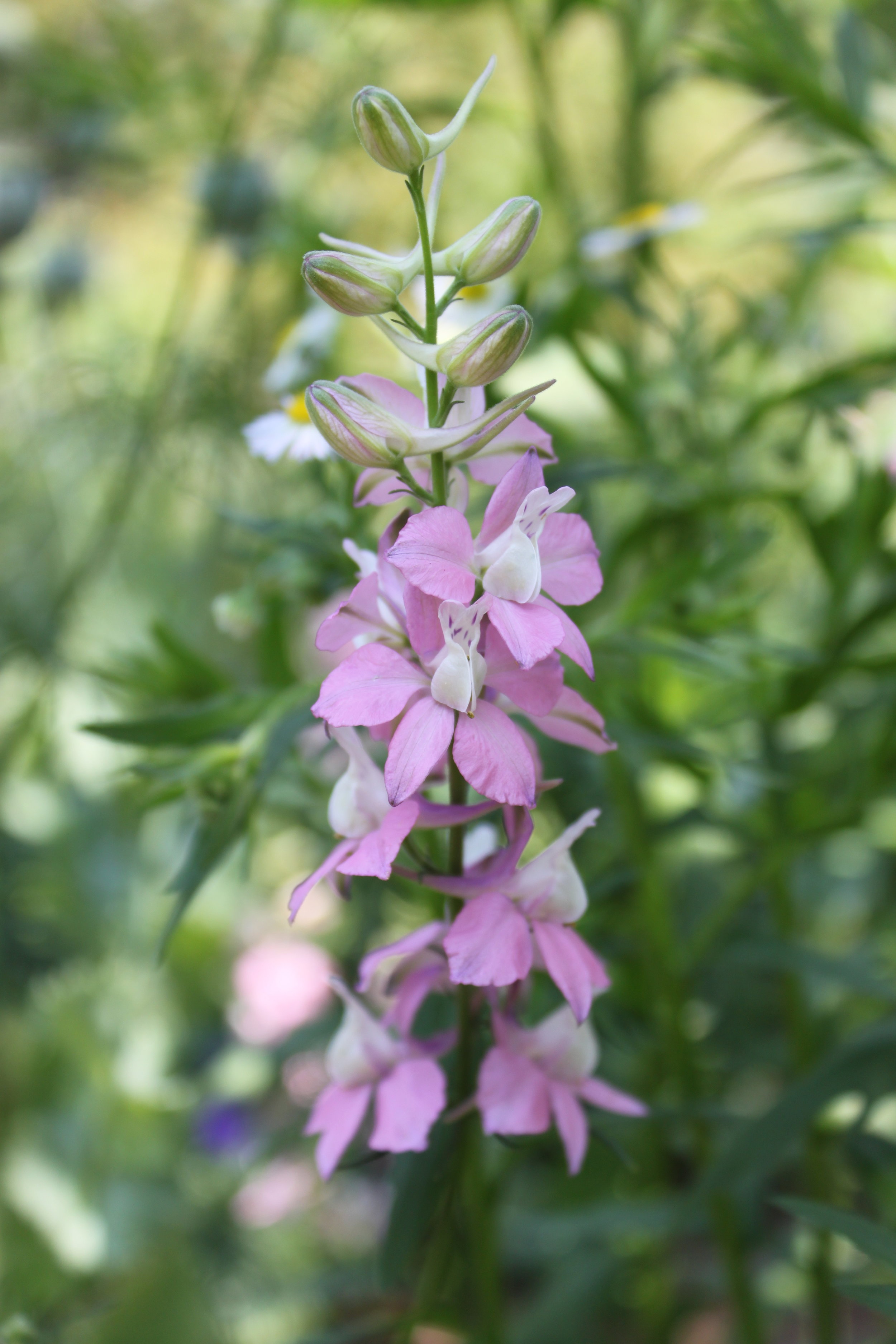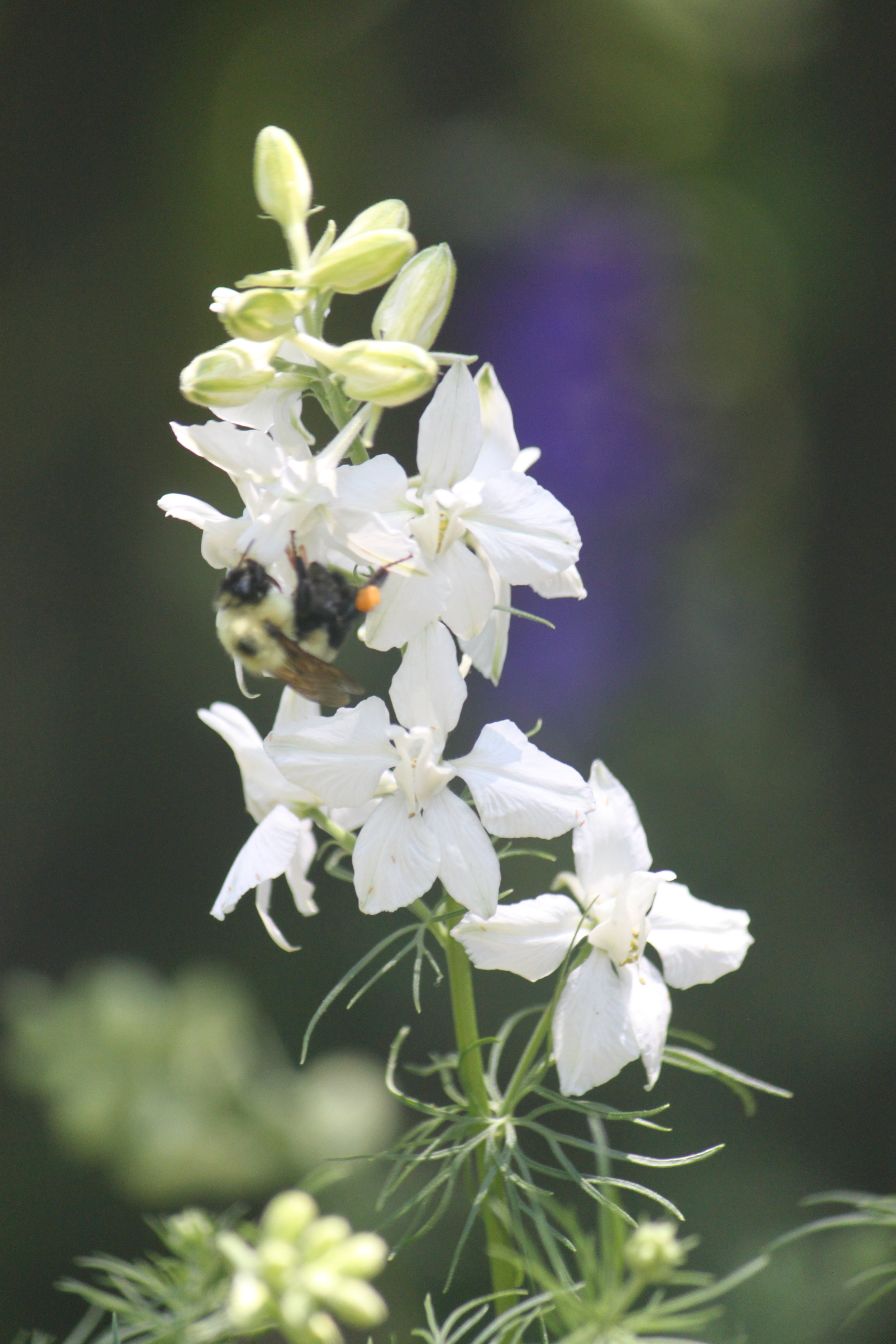A white lawn greets me every morning now and hollies filled with red or yellow berries remind us that this season has arrived. After recent days with temperatures in the 60’s we began to worry about the plants, so many of which were blooming ahead of time or past their usual time. We hung wreaths on the gates at the entrance to Montrose as well as a boxwood one on the smoke house and red-berried holly on the barn.
Iris unguicularis has put on a wonderful show with flowers in deep purple/blue as well as soft, delicate blue. Each one seems a miracle. Crocuses continue to produce flowers, just a few of Cc. sieberi and laevigatus plus fat buds on C. imperati while new forms of galanthus appear in every section. Buds on edgeworthia and Chimonanthus fragrans are swollen enough to see their bright yellow color and camellias produce flowers in all shades of red, through pink, to white. Some Mahonias that usually bloom in January are past their peak, Mahonia x media ‘Winter Sun’ and Mahonia x media “Lionel Fortescue’.
Aplectrum hyemale
The beautiful little white-striped orchid, Aplectrum hyemale, appears in expected and unexpected places in the woods and since roses don’t seem to know it is winter, several china roses continue to bloom. We spend our days in the woods, pulling ivy and small, unwanted trees and vines, and talk about the carpet of cyclamen all around us. Sun sets around 5:00 now and it is hard to come inside when so much is happening around us. We usually make one more trip through the woods to look for more signs of growth and yesterday saw the tips of Trillium underwoodii pushing through the soil. What’s next? We don’t know. Winter is a season of wonder.


